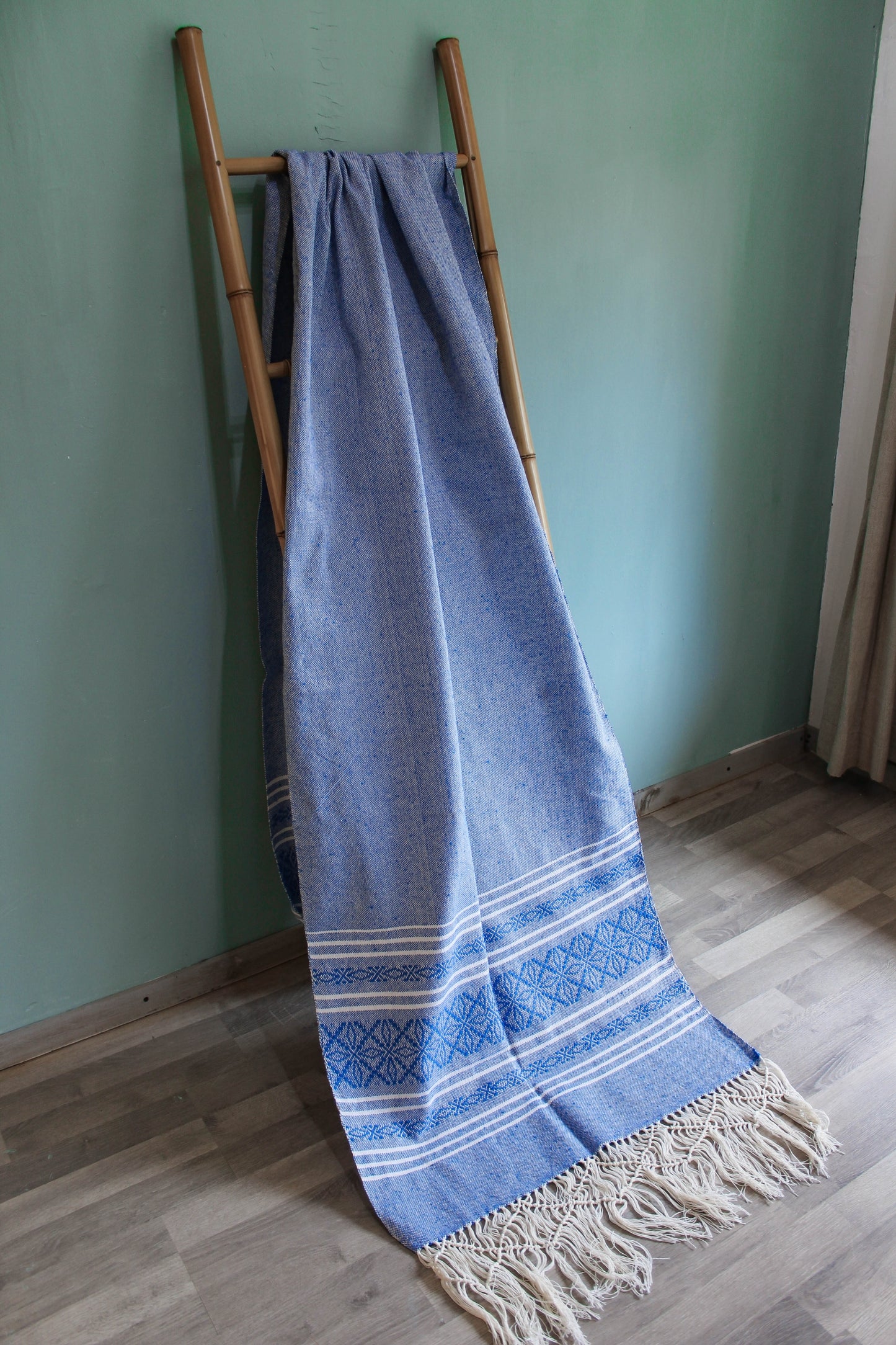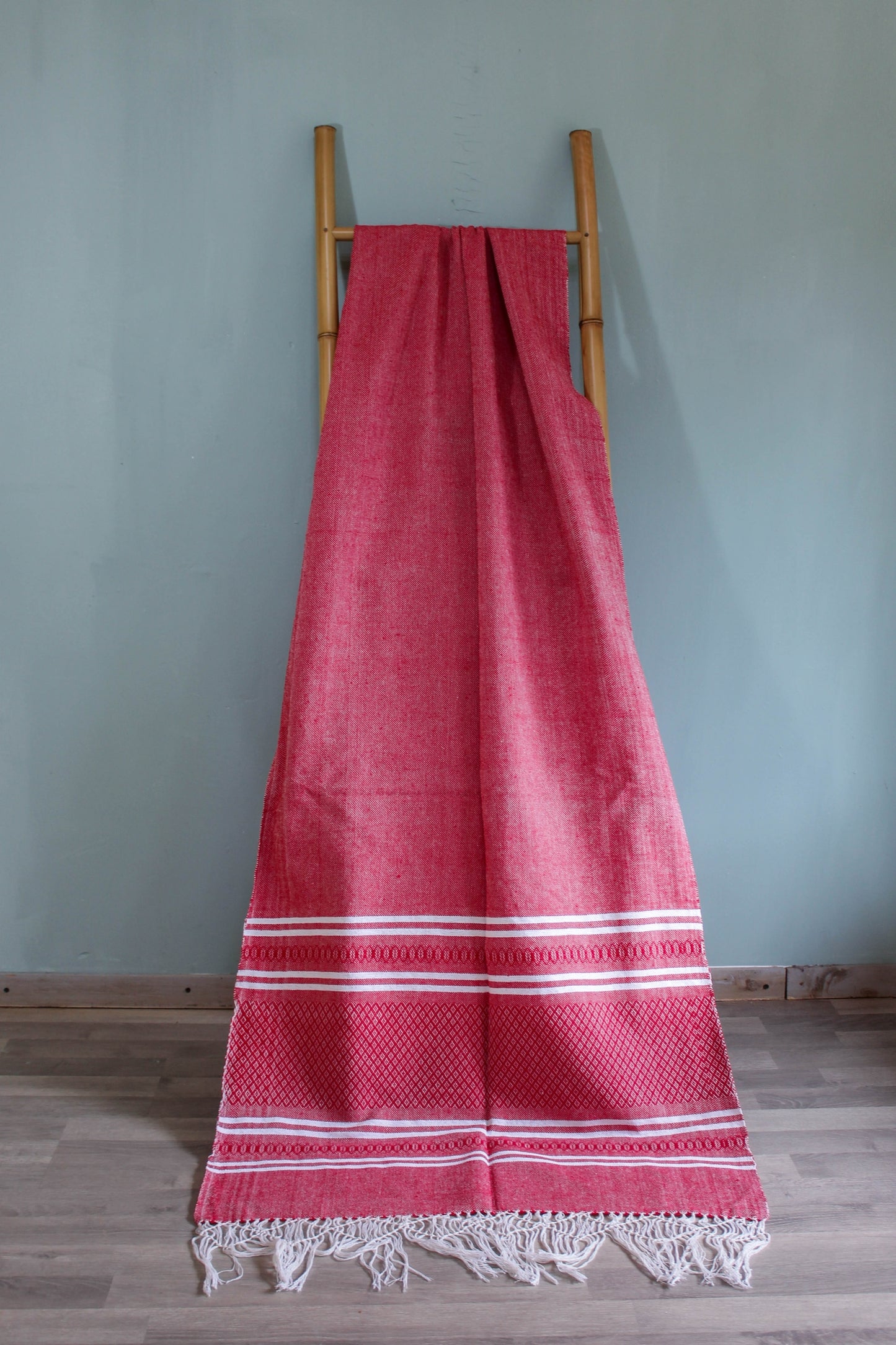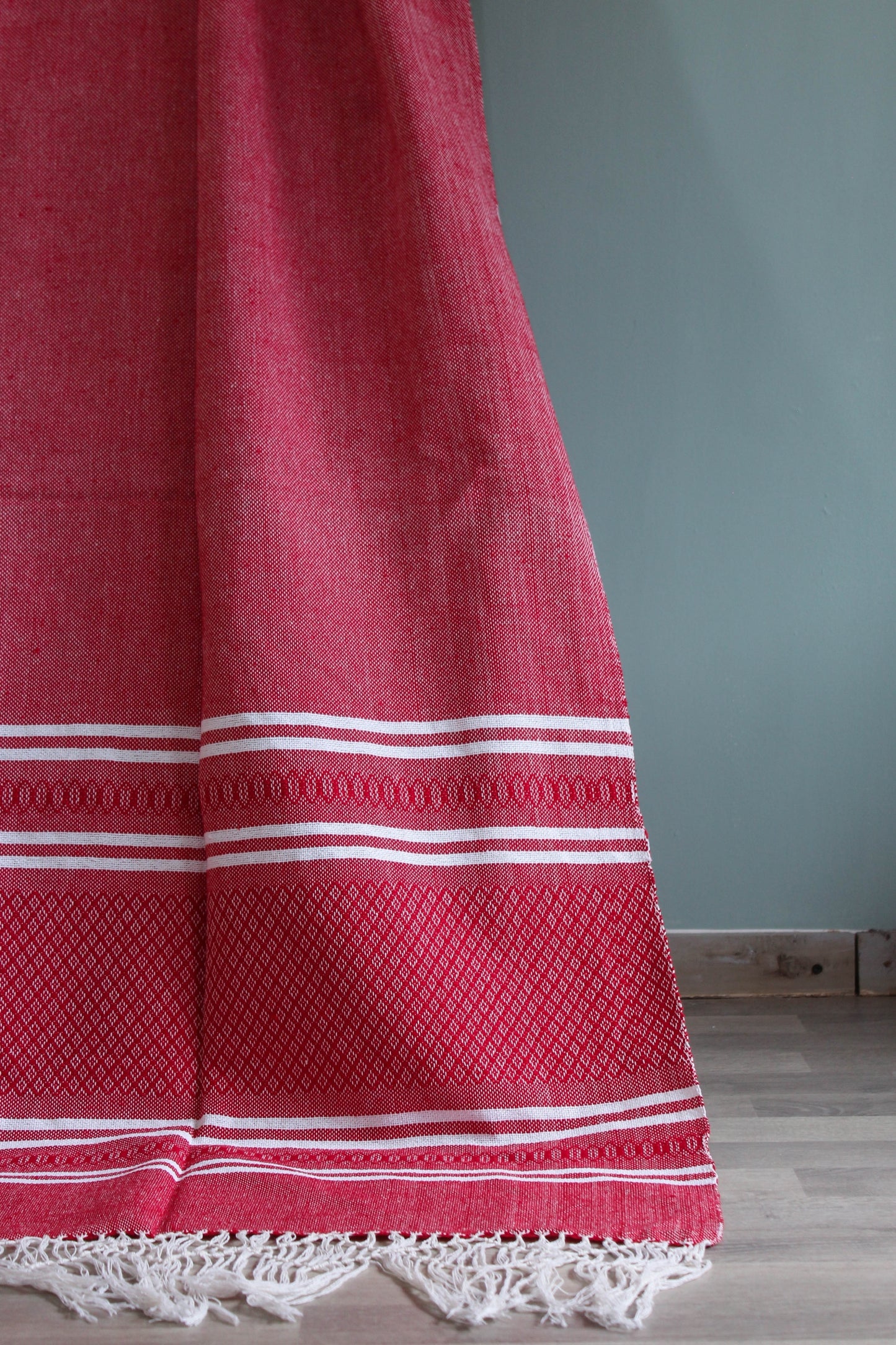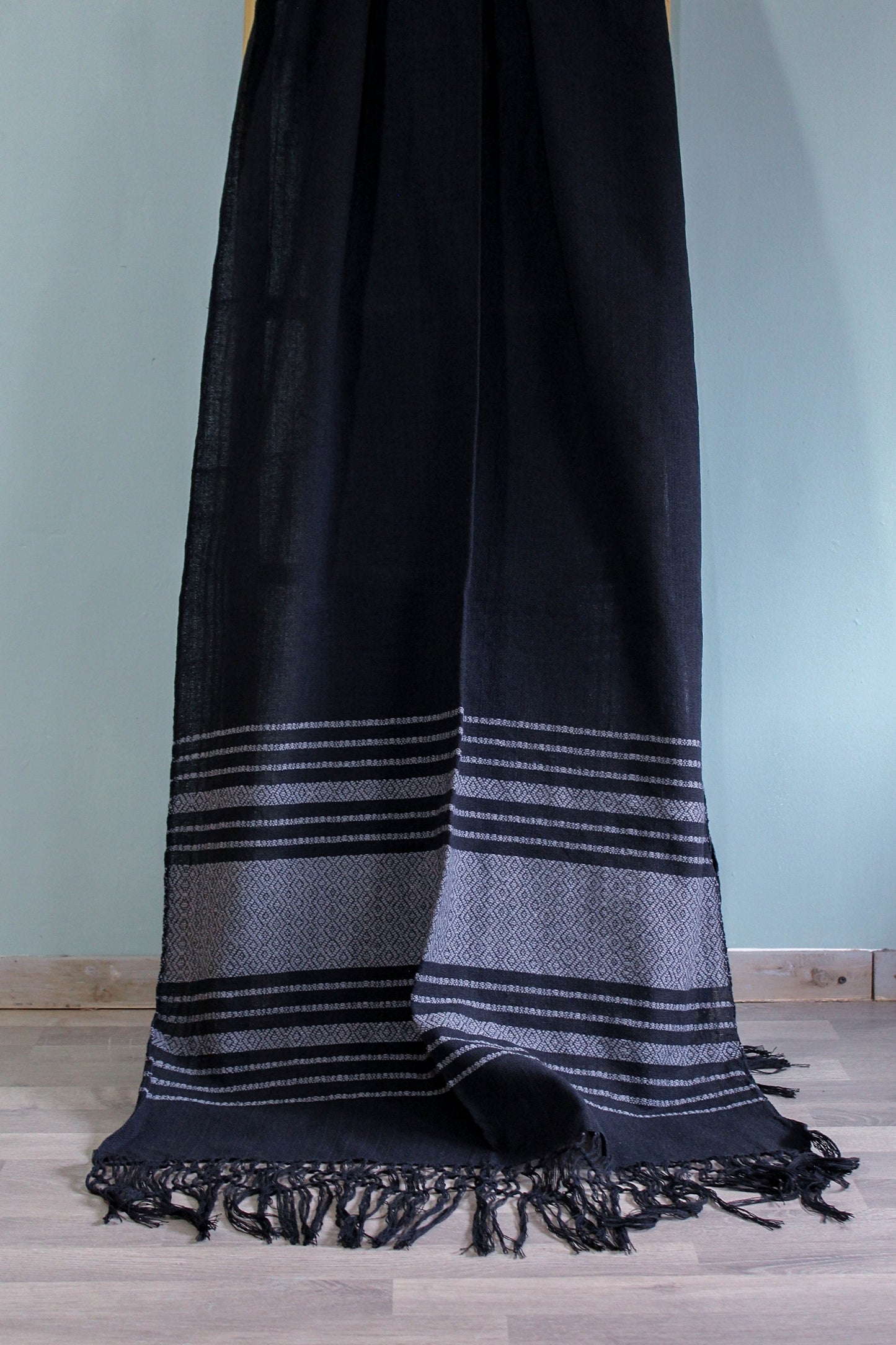
“Portar bebés” significa cargar o sostener a un bebé o a un niño pequeño usando un portabebés que se usa en el cuerpo del cuidador con poco o ningún apoyo de los brazos del cuidador. Permite al cuidador tener al bebé cerca mientras atiende las tareas de la vida diaria y ayuda al bebé a sentirse seguro.
Es una práctica mundial que nos ha seguido desde tiempos ancestrales. Las culturas de diferentes partes del mundo han creado prácticas de porteo que se adaptan a su cultura y forma de vida, creando diferentes tipos de portabebés.

Portar al bebé es una habilidad que se puede aprender con un poco de práctica y recompensarse con movilidad y una conexión especial con el niño. Algunos acarreos se aprenden rápidamente y otros requieren un poco más de práctica para dominarlos a la perfección.
Puedes participar en un grupo sobre porteo donde personas capacitadas pueden enseñarte consejos y trucos para portar al bebé con mayor fluidez. Youtube también está lleno de vídeos tutoriales.
También puedes echar un vistazo a www.babywearinginternational.org.

BENEFICIOS
Cuando se carga correctamente al bebé, llevar al bebé en porteo tiene muchos beneficios.
Los beneficios alcanzan tanto el aspecto físico, emocional como neurológico.
Para hacerlo más fácil, aquí se enumeran algunos:
Ayuda al desarrollo del cerebro.
Algunos estudios han demostrado que la sensibilidad de la madre para reaccionar a los mensajes del bebé tiene la influencia primordial en el desarrollo físico e intelectual del bebé. Al cargar a tu bebé, automáticamente escucharás más sus mensajes, incluso los más sutiles. Esto ayuda al bebé a crear conexiones entre sus cerebros, se está creando el primer tipo de pensamiento: "Tengo hambre, me muevo/hago una mueca/lloro, me mueven, me alimentan".
Bebé feliz.
Reacciona rápido a las necesidades del bebé y no necesitará llorar en absoluto. De esta manera, los padres llegan a conocer mejor al bebé, el bebé puede confiar en sus padres y saber que se satisfacen sus necesidades, lo que hace que el bebé esté más tranquilo, más tranquilo y en paz.
Ayuda al aprendizaje.
Un bebé tranquilo puede permanecer más tiempo en un estado tranquilo de aprendizaje y observar el mundo, la comunicación y el comportamiento de las personas desde un espacio seguro cerca del adulto a la altura de los ojos. La energía que se utilizaría para llorar puede dirigirse al aprendizaje.
Reduce los síntomas de cólicos, reflujo y enfermedades del bebé.
Cargar puede ayudar a reducir los síntomas de cólicos y reflujo mientras se sostiene al bebé en posición vertical. Menos llanto y problemas de cólicos reducen el riesgo de enfermedades del bebé.
Ayuda al vínculo y la confianza entre el bebé y el cuidador.
Cargar a su hijo y reaccionar a sus necesidades crea una relación de confianza. Estar presente para el niño ayuda al bebé a relajarse. El bebé se siente seguro.
Se están regulando la temperatura corporal, los latidos del corazón y la respiración.
La cercanía, la calidez y el sonido de los latidos del corazón son cosas naturales que el bebé experimenta después del nacimiento. A menudo se produce una sincronización en los ritmos del usuario y del bebé. El bebé que llevan los padres está en sintonía con estos ritmos y este estímulo le ayuda a regular sus propias respuestas físicas.
Manos libres y movilidad.
Los padres pueden seguir haciendo cosas normales mientras tienen al bebé en el portabebés y con las manos libres. Llevar al niño en un portabebés permite al adulto desplazarse a lugares a los que con un cochecito no llegaría.
Reduce las hormonas del estrés tanto en bebés como en adultos y el riesgo de depresión posparto.
El llanto y la inseguridad liberan “estrés” y hormonas cortisol en el cuerpo. Un bebé tranquilo y feliz los tiene menos. El contacto entre el cuerpo y la piel libera la hormona del “amor” oxitocina y conocer las necesidades de su bebé ayuda a los padres a tener más confianza, relajarse y disfrutar.
Mejora el tono muscular, el desarrollo de la columna y la cadera y el control corporal del bebé.
Los bebés cargados a menudo se describen como más vigorosos que los bebés que pasan la mayor parte del tiempo acostados. El bebé aprende a controlar su cuerpo más rápidamente al recibir los estímulos de movimiento a través del cuerpo del cuidador.
Mejora el suministro de leche y favorece la lactancia.
El contacto con la piel y la liberación de la hormona oxitocina ayudan a la producción de leche materna, el alimento primario del bebé. También en situaciones en las que al bebé le cuesta relajarse y prenderse bien, cargar, mover y amamantar en el portabebés puede ayudar al bebé a comer.
Ayuda a bebés prematuros y con necesidades especiales.
El método canguro es reconocido ahora en todo el mundo como un cuidado que influye positivamente en los bebés prematuros. El contacto con la piel, el calor y el contacto corporal les ayudan a ganar peso más rápido y a estar más sanos que los bebés que no lo reciben.

TE PUEDE INTERESAR LEER SOBRE LA POSICIÓN DE CARGA CORRECTA AQUÍ
Consulta nuestra colección de rebozos: rebozos







